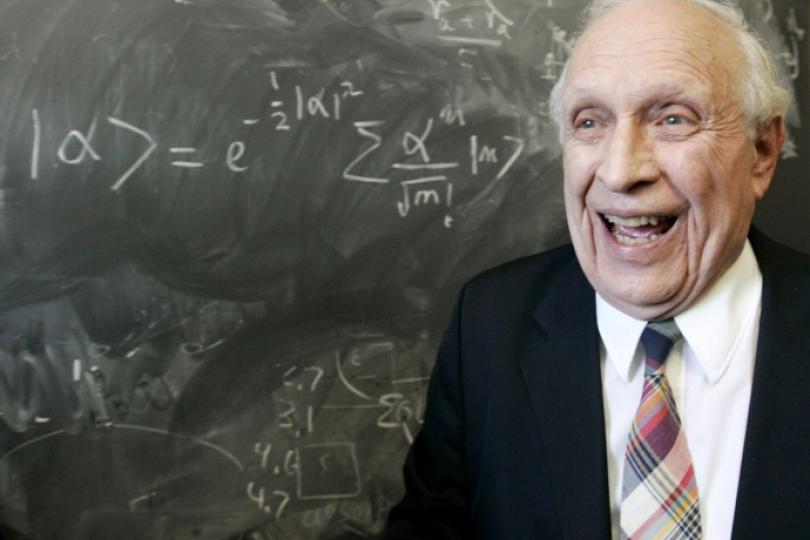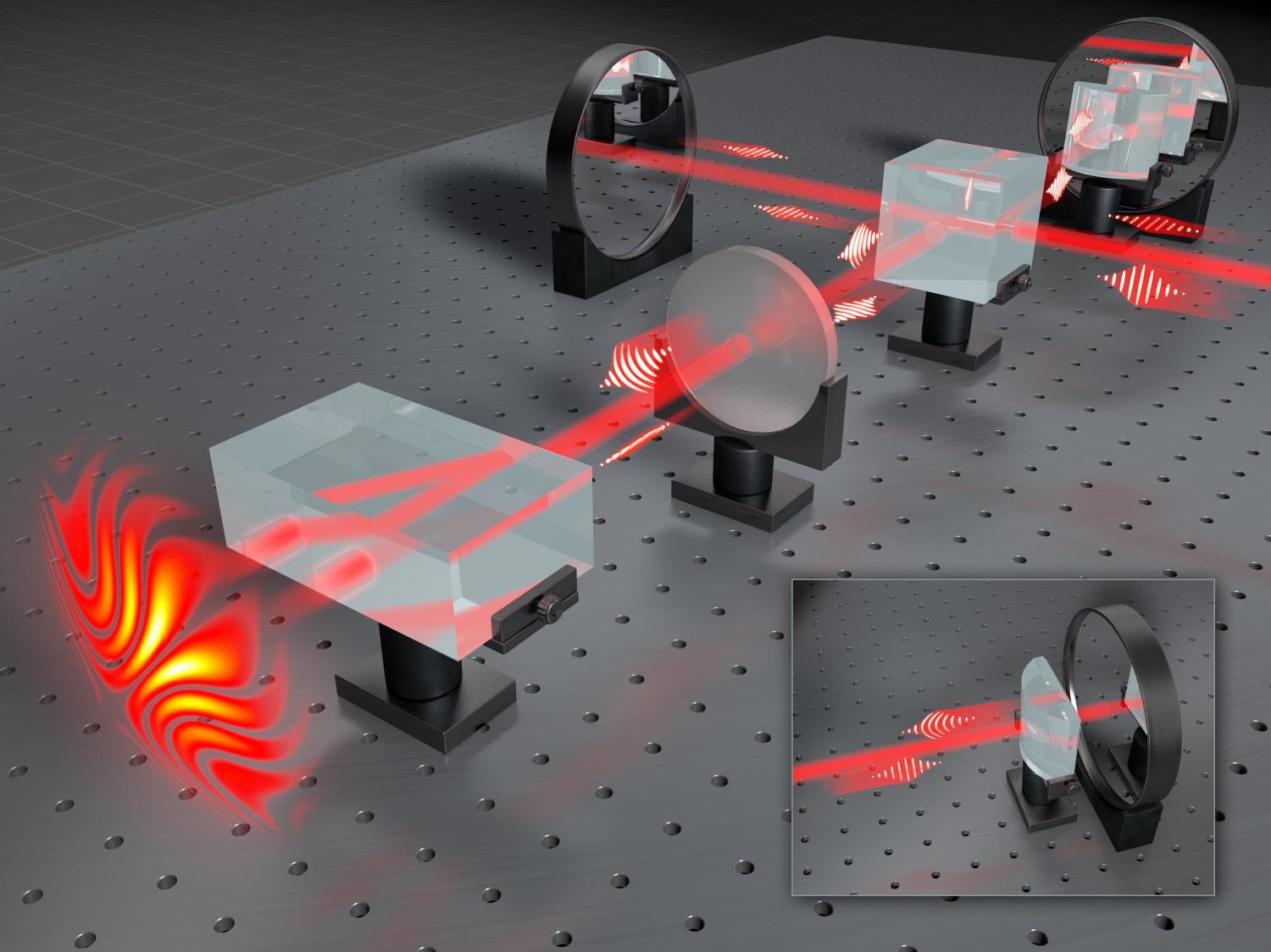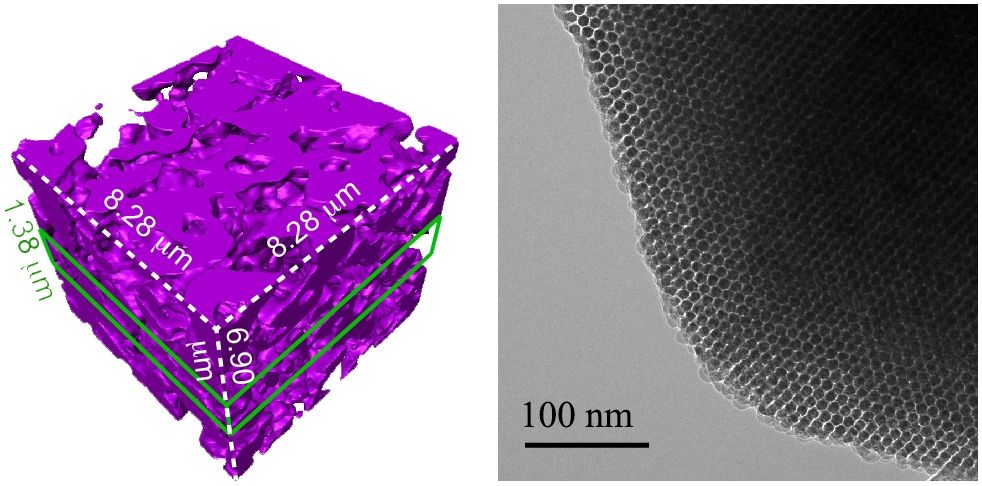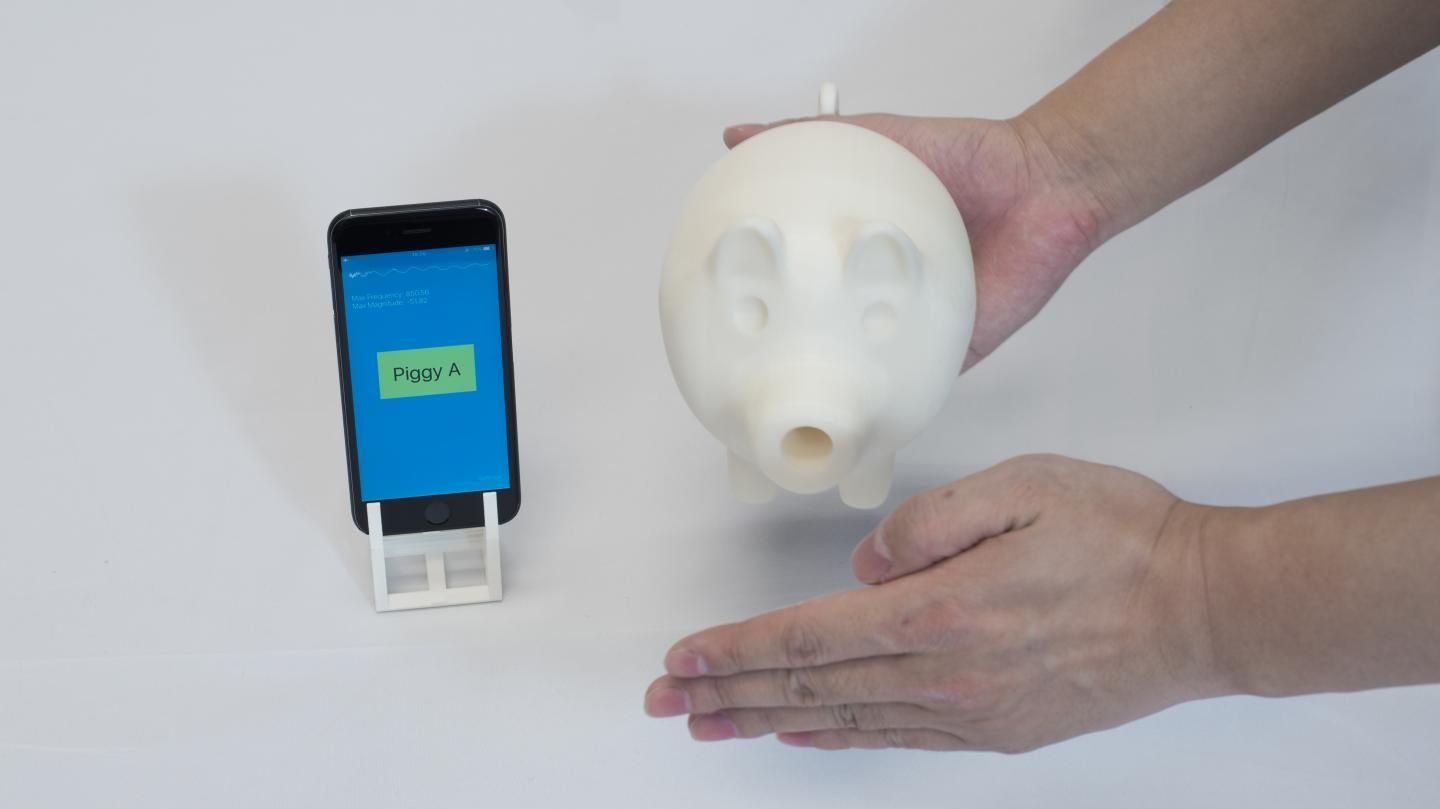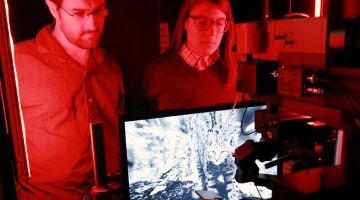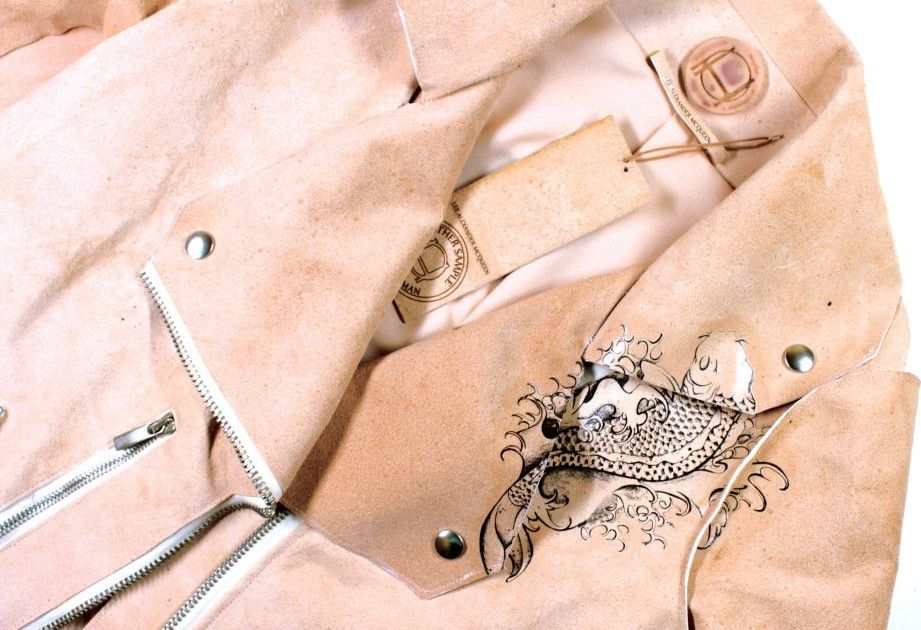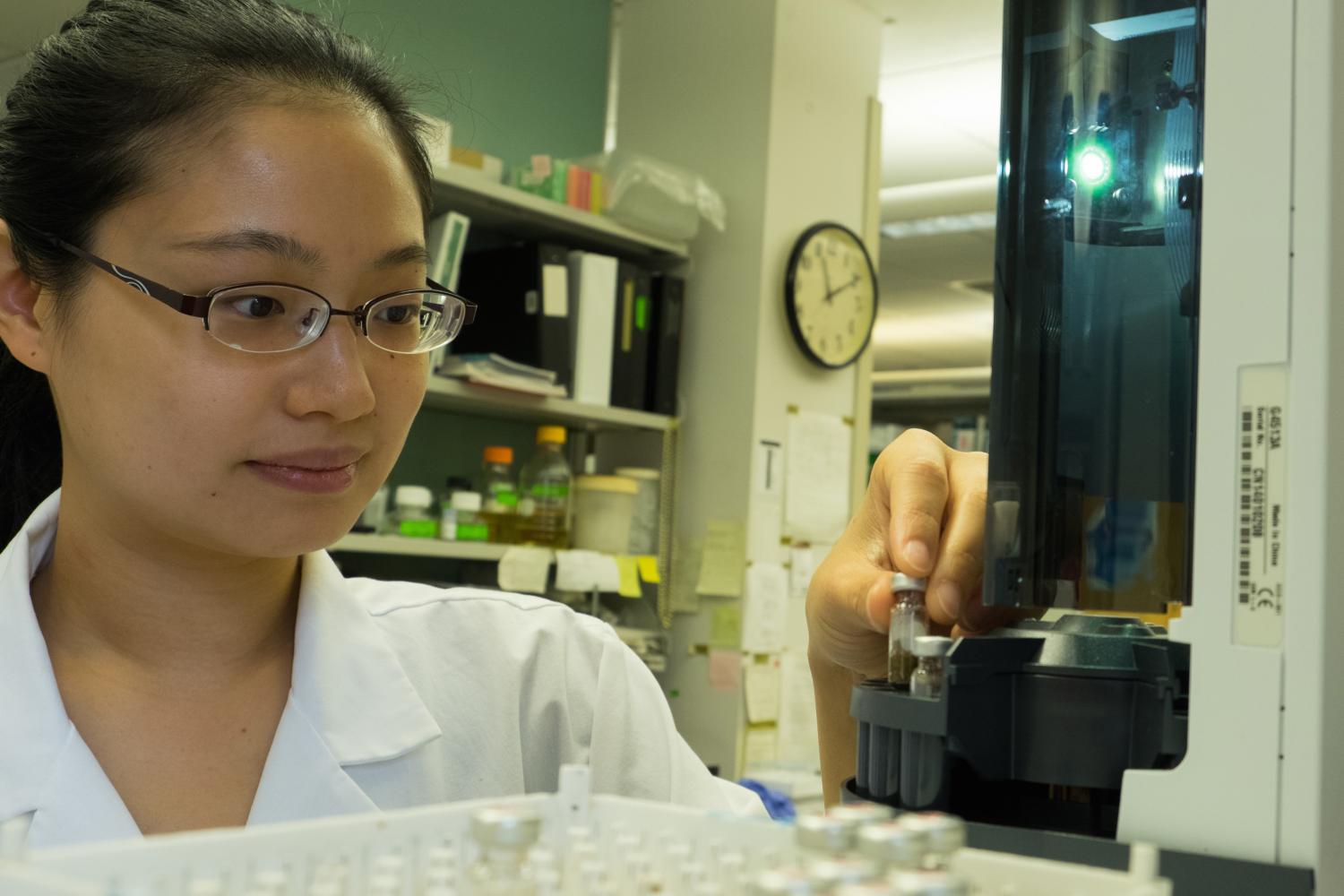Scientists have conducted the world’s first successful time travel experiment, proving once and for all that time travel is possible.
Until quite recently, creating a hologram of a single photon was believed to be impossible due to fundamental laws of physics. However, scientists at the Faculty of Physics, University of Warsaw, have successfully applied concepts of classical holography to the world of quantum phenomena. A new measurement technique has enabled them to register the first ever hologram of a single light particle, thereby shedding new light on the foundations of quantum mechanics.
Scientists at the Faculty of Physics, University of Warsaw, have created the first ever hologram of a single light particle. The spectacular experiment, reported in the journal Nature Photonics, was conducted by Dr. Radoslaw Chrapkiewicz and Michal Jachura under the supervision of Dr. Wojciech Wasilewski and Prof. Konrad Banaszek. Their successful registering of the hologram of a single photon heralds a new era in holography: quantum holography, which promises to offer a whole new perspective on quantum phenomena.
“We performed a relatively simple experiment to measure and view something incredibly difficult to observe: the shape of wavefronts of a single photon,” says Dr. Chrapkiewicz.
Science and the internet have an uneasy relationship: Science tends to move forward through a careful and tedious evaluation of data and theory, and the process can take years to complete. In contrast, the internet community generally has the attention span of Dory, the absent-minded fish of “Finding Nemo”(and now “Finding Dory”) — a meme here, a celebrity picture there — oh, look … a funny cat video.
Thus people who are interested in serious science should be extremely cautious when they read an online story that purports to be a paradigm-shifting scientific discovery. A recent example is one suggesting that a new force of nature might have been discovered. If true, that would mean that we have to rewrite the textbooks.
As a physicist, I’d like to shed a disciplined scientific light on the claim.
In the campy 1966 science fiction movie “Fantastic Voyage,” scientists miniaturize a submarine with themselves inside and travel through the body of a colleague to break up a potentially fatal blood clot. Right. Micro-humans aside, imagine the inflammation that metal sub would cause.
Ideally, injectable or implantable medical devices should not only be small and electrically functional, they should be soft, like the body tissues with which they interact. Scientists from two UChicago labs set out to see if they could design a material with all three of those properties.
The material they came up with, published online June 27, 2016, in Nature Materials, forms the basis of an ingenious light-activated injectable device that could eventually be used to stimulate nerve cells and manipulate the behavior of muscles and organs.
Fashion Technology 2016
Posted in augmented reality, wearables
Maybe time to create “Fashion’s Tech Golden Rules”.
Mistakes You Cannot Make.
The beginning of 2015 has found the smart sensors ecosystem at the top of its hype, with experts claiming that wearable technology is the driving force behind profound transformations across industries, and the secret ingredient to a new paradigm in fashion.
I like this article because I have for years looked at options to address the counterfeiting issues which is a extremely costly criminal industry around diamonds and artwork. As we have seen with synthetic diamonds in their use in QC and medical technology there is a lot that technology can do in addressing the counterfeiting issues as well as registration & certification space. Also, could registered & embedded serialized stones be another form of id for the consumer who wears their accessory with the stone? I believe it can be.
IBM launches a new high security blockchain service that uses hardware to protect valuable data, with provenance startup Everledger as its first customer.
Columbia Engineering Professor Changxi Zheng’s new approach could lead to better tagging and coding, leveraging 3D printing of complex geometries.
New York — July 18, 2016 — Columbia Engineering researchers, working with colleagues at Disney Research and MIT, have developed a new method to control sound waves, using a computational approach to inversely design acoustic filters that can fit within an arbitrary 3D shape while achieving target sound filtering properties. Led by Computer Science Professor Changxi Zheng, the team designed acoustic voxels, small, hollow, cube-shaped chambers through which sound enters and exits, as a modular system. Like Legos, the voxels can be connected to form an infinitely adjustable, complex structure. Because of their internal chambers, they can modify the acoustic filtering property of the structure—changing their number and size or how they connect alters the acoustic result.
“In the past, people have explored computational design of specific products, like a certain type of muffler or a particular shape of trumpet,” says Zheng, whose team is presenting their paper, “Acoustic Voxels: Computational Optimization of Modular Acoustic Filters,” at SIGGRAPH 2016 on July 27. “The general approach to manipulating sound waves has been to computationally design chamber shapes. Our algorithm enables new designs of noise mufflers, hearing aids, wind instruments, and more — we can now make them in any shape we want, even a 3D-printed toy hippopotamus that sounds like a trumpet.” VIDEO: http://www.cs.columbia.edu/cg/lego/
Inspired by the large-scale sky surveys with which astronomers explore the cosmos, neuroscientists in Seattle, Washington, have spent four years systematically surveying the neural activity of the mouse visual cortex. The Allen Brain Observatory’s first data release, on 13 July, provides a publicly accessible data set of unprecedented size and scope, designed to help scientists to model and understand the human brain.
The project is part of an ambitious ten-year brain-research plan announced in 2012 by the Allen Institute for Brain Science. Designed to catalogue neurons and their electrical characteristics in minute detail, the initiative aims to enable new insights into how perception and cognition arise.
To compile the brain observatory’s first data set, researchers used a specialized microscope to record calcium waves that occur when neurons fire, sampling activity in 25 mice over 360 experimental sessions, while the animals viewed a battery of visual stimuli such as moving patterns of lines, images of natural scenes and short movies. The data set so far includes 18,000 cells in 4 areas of the visual cortex, making it one of the largest and most comprehensive of its kind. The set also includes information about each neuron’s location and its expression of certain genetic markers. At 30 terabytes, the raw data are too large to share easily, but users can download a more manageable processed data set, or explore it online.
This will definitely make designer wear fashion very collectable and easier for investigators and consumer to detect fakes due to biometric readers. Unfortunately, Coco Chanel and Gianni Versace are not around to participate.
Designer Tina Gorjanc is using Alexander McQueen’s DNA to grow “skin” complete with freckles and tattoos that will be tanned to create jackets and bags.
Can serve many uses such as geneology, etc. However, the bigger advancement will be with criminal/ legal investigations.
Rice University researchers have developed gas biosensors to “see” into soil and allow them to follow the behavior of the microbial communities within.
In a study in the American Chemical Society’s journal Environmental Science and Technology, the Rice team described using genetically engineered bacteria that release methyl halide gases to monitor microbial gene expression in soil samples in the lab.
The bacteria are programmed using synthetic biology to release gas to report when they exchange DNA through horizontal gene transfer, the process by which organisms share genetic traits without a parent-to-child relationship. The biosensors allow researchers to monitor such processes in real time without having to actually see into or disturb a lab soil sample.
